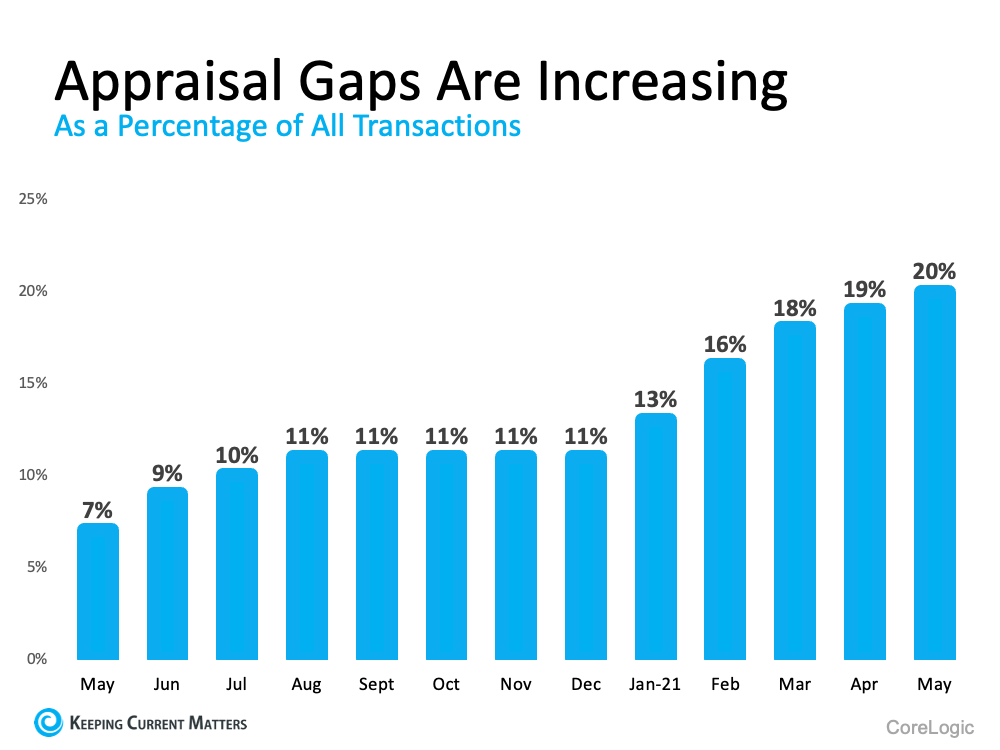2022 Austin Modern Homes Tour
If you love modern architecture you are going to be so excited to hear that the Austin Modern Homes Tour is back. It will be held on Saturday, February 19th from 10:00 a.m. – 5:00 p.m. Tickets run $40 for general admission and $15 for kids 10-17.
For more information and to purchase tickets check out the link below:




